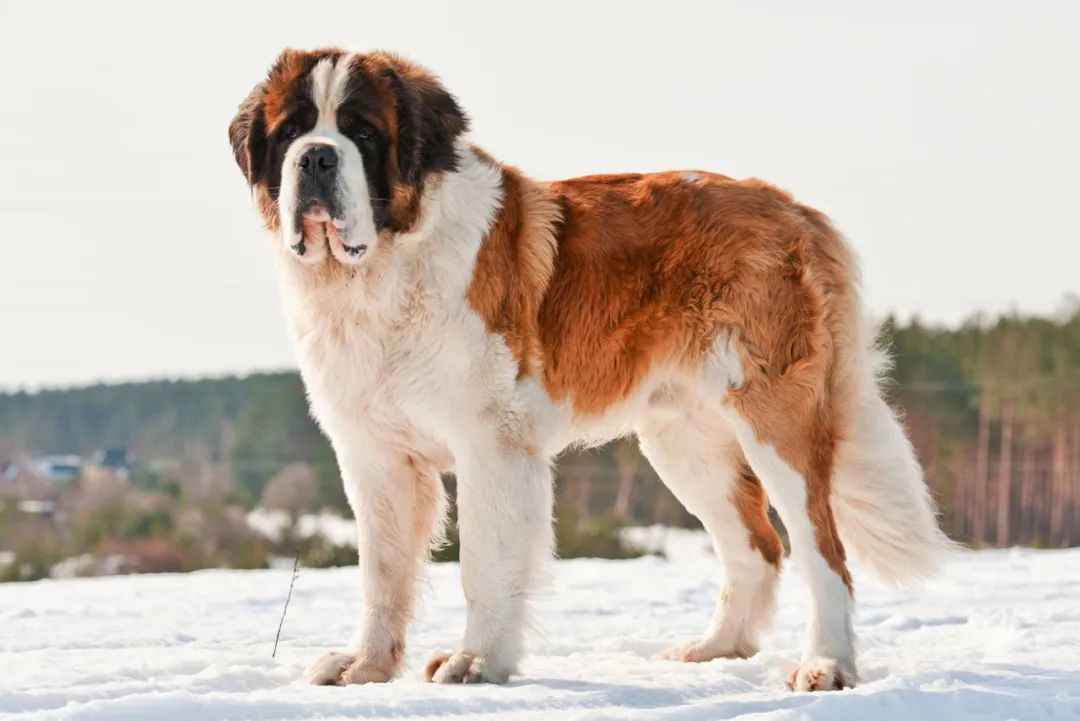The St. Bernard, a breed synonymous with courage and compassion, has captured hearts worldwide with its imposing size and gentle demeanor. Originating from the Swiss Alps, these dogs were meticulously bred by monks at the Hospice of St. Bernard in the 16th century to navigate treacherous mountain passes and rescue travelers trapped in snowstorms35. Their legacy of heroism is immortalized by the legendary Barry, who saved over 40 lives in the early 19th century, earning them the nickname “Barry Hund” in Switzerland3.
Swiss Alps’ Gentle Giants: The Majestic St. Bernard Rescue Dogs

Source: Images from the Internet, if there is any infringement, please contact the removal of
The St. Bernard, a breed synonymous with courage and compassion, has captured hearts worldwide with its imposing size and gentle demeanor. Originating from the Swiss Alps, these dogs were meticulously bred by monks at the Hospice of St. Bernard in the 16th century to navigate treacherous mountain passes and rescue travelers trapped in snowstorms35. Their legacy of heroism is immortalized by the legendary Barry, who saved over 40 lives in the early 19th century, earning them the nickname “Barry Hund” in Switzerland3.
Standing 26–30 inches tall and weighing 120–180 pounds, St. Bernards are among the largest dog breeds37. Their dense double coat, typically red-and-white or brindle-and-white, insulates against freezing temperatures, while their muscular build and broad paws allow them to traverse deep snow34. Contrary to popular myth, they never carried brandy casks during rescues—a misconception
Despite their imposing stature, St. Bernards are renowned for their calm, affectionate nature. They thrive as family companions, displaying remarkable patience with children and a protective instinct toward their loved ones47. Their empathetic intelligence also makes them exceptional service dogs, particularly in psychiatric support roles4. However, their drooling and shedding tendencies require dedicated grooming and regular cleaning47.
With a lifespan of 8–10 years, St. Bernards face health issues linked to their size, including hip and elbow dysplasia, gastric dilatation-volvulus (GDV), and wobbler syndrome689. Responsible breeders prioritize health screenings to mitigate risks, while owners must monitor diet to prevent obesity and ensure ample space for exercise67. Due to their thick coats, they are prone to overheating, necessitating cool environments and limited outdoor activity in hot weather67.
Today, while their rescue role has diminished, St. Bernards remain cherished for their loyalty and warmth. Whether as therapy dogs or beloved pets, they continue to embody the spirit of their Alpine heritage—a perfect blend of strength and tenderness. As one of the most iconic working breeds, they remind us that true greatness lies in both resilience and compassion.






